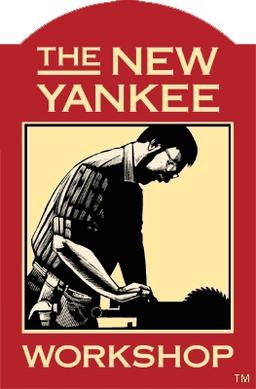- 6 Posts
- 16 Comments

 0·15 days ago
0·15 days agoThe science on plain wood being safe has been around for quite a while. I remember reading a study many years ago where some scientists mashed bacteria all over the surface of a wood cutting board, rinsed it, dried it, and then tried everything they could to get the bacteria to transfer to fresh meat (including trying to pound the meat into the board with a mallet) and the meat remained uncontaminated. So, it seems like the safest option is a single unglued plank of wood.
Glue joints don’t act like wood, so presumably that makes bamboo act less like plain wood safety-wise.
The problem with plastic is that the knife marks can retain bacteria (which, unlike wood, the plastic doesn’t kill).

 0·15 days ago
0·15 days agoDid you see the pictures in the article showing how stains disappear?

 0·15 days ago
0·15 days agoThe article discusses glue joints. Did you make it through the whole article?

 0·15 days ago
0·15 days agoTangential on the broad face would mean it’s flat sawn (plain sawn). Like how woodworkers care about tangential vs radial shrinkage of wood species.
I ended up choosing a CMT 24T ITK (thin kerf) blade, which worked fantastically.
Why not a 24t for ripping?
I’ve seen his recommendation too but that’s another 2x price jump over the price range I’m already trying to avoid!
Does the blade have multiple notches to allow adjustment as you sharpen it? Are you using the notch that makes the blade shortest?
Yes, thanks! I have clamped one piece to guide my router before, but using two would be much easier since it eliminates the need to measure the offset to the “far” stop every time. Clever!
Can you elaborate on this a bit?
Thanks. Interesting point that even a small bolt is going to be plenty strong for work-holding. So maybe just some all thread of appropriate length? I guess the problem there is the pitch is fine, so it would move very slowly.
Out of curiosity, when do you care about the jaw being flush with the workbench top?
Thank you. On the 1/8 table saw blade, your concern is that you prefer narrower, lighter blades?
Do you have any particular recommendations for identifying quality router bits?

 0·9 months ago
0·9 months agoIt was sold in the gift shop, not on display. I know it’s not an enormous difference, but let’s try our best to keep the misinformation just on their side.

 0·10 months ago
0·10 months agoThey definitely don’t know what they’re doing. They featured this one, which is a death trap. It has a disclaimer that it might not be safe above 120V, but it’s absolutely unsafe and a code violation in the US, where we use 120V (and are very litigious). The disclaimer says they’re trying to get it approved which implies they believe it could be and that the design is sound, but fundamentally it cannot meet code in the US for mains voltage use.
Even if the design were sound, there are material requirements, and having seen the quality of prints some people find acceptable, there’s no chance allowing random people online to print their own boxes is safe.
I think they basically run the contests and feature things based on “ooh this is neat” and “this will excite people to use 3d printers”. It’s a marketing thing, and I guess I accept it because I have low expectations of even pretty-good businesses. But if it’s illegal…someone should probably let them know.

The illustrations seem to indicate that stains and dead microbes accumulate in the middle of the wood, deep below the surface. It would be interesting to slice an old wood cutting board in half and see the accumulated stains!